Innovations in Metal Fabrication: Trends to Watch in 2025
As we progress through 2025, the metal fabrication industry is undergoing significant transformations driven by technological advancements, sustainability initiatives, and evolving market demands. These innovations are reshaping how metal products are designed, produced, and delivered across various sectors. In this article, we explore the key trends shaping the future of metal fabrication and highlight how, at Kirmell Ltd, we are adapting to these changes to provide cutting-edge solutions.
Top Innovative Trends in Metal Fabrication in 2025
Let’s explore the top innovative trends in metal fabrication for 2025:
Automation and Smart Manufacturing
Automation has become a cornerstone of modern metal fabrication. The integration of robotics and advanced CNC machines is revolutionising production processes. These technologies enable greater precision, faster production times, and reduced errors, helping fabricators deliver superior results while maintaining competitive pricing for clients.
Smart manufacturing systems are also enhancing real-time monitoring and predictive maintenance, leading to increased efficiency and reduced downtime.
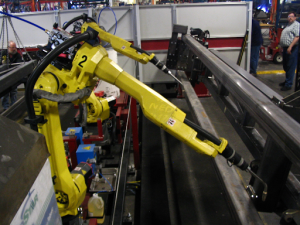
Advanced Laser Cutting Technologies
Laser cutting technology continues to evolve, offering enhanced precision and versatility. High-power fibre lasers are leading the charge, providing faster cutting speeds and the ability to handle diverse materials. Innovations in hybrid laser systems are also gaining traction, enabling simultaneous cutting, welding, and additive manufacturing in a single setup.
These advancements allow for increased productivity, reduced waste, and enhanced flexibility to meet complex customer demands.
Sustainability and Eco-Friendly Practices
Environmental responsibility has become a critical focus in metal fabrication. The industry is embracing eco-friendly practices through waste reduction, material recycling, and energy-efficient machinery.
Companies are prioritising sustainability by partnering with suppliers certified for their environmental responsibility, ensuring that materials and processes align with regulatory standards and clients’ sustainability goals.
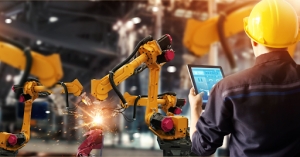
Customisation and Flexibility
The demand for customised metal products is on the rise. Clients seek tailor-made solutions that precisely match their specifications. Advancements in fabrication technologies allow for greater flexibility in design and production, enabling manufacturers to meet unique requirements efficiently. This trend is particularly significant in industries like aerospace, automotive, and medical devices, where precision and customisation are paramount.
Integration of AI and Machine Learning
Artificial intelligence (AI) is increasingly being integrated into metal fabrication processes. AI-driven systems are optimising production workflows by automating decision-making and enhancing quality control. Predictive maintenance powered by AI helps identify potential equipment failures before they occur, minimising downtime.
Additionally, AI algorithms are streamlining inventory management, ensuring that materials are available when needed without overstocking.
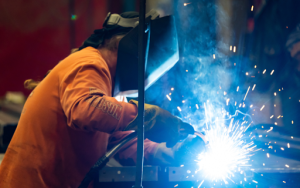
Adoption of Advanced Materials
The exploration and adoption of advanced materials are expanding the possibilities in metal fabrication. Innovative materials offer enhanced performance, durability, and application-specific functionality. The use of advanced materials supports high-precision industries and aligns with global environmental goals by enabling the production of lighter, stronger, and more sustainable products.
Reshoring and Domestic Manufacturing
Global supply chain disruptions due to recent tariffs by the US have led to a resurgence in domestic manufacturing. Companies are increasingly looking to local fabricators for reliability, quality, and reduced lead times. This shift supports local economies and allows for greater control over production processes, ensuring that products meet stringent quality standards and customer expectations
Advanced Finishing Techniques
Modern finishing methods like bead blasting, powder coating, and anodising are helping manufacturers improve both the look and performance of sheet metal parts. These techniques make parts more durable by protecting them from wear, corrosion, and environmental damage.
They also allow for custom colours and textures, which is ideal for consumer-facing products. In some cases, finishes can even enhance functions like heat resistance or electrical conductivity. As a result, sheet metal components are now stronger, more attractive, and built to meet higher quality standards.
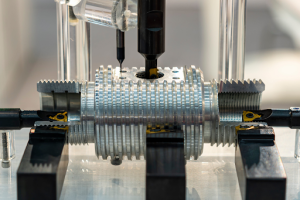
Kirmell Ltd: Your Partner for Modern Metal Fabrication Services
At Kirmell Ltd, we provide a full range of modern metal fabrication services, including precision laser cutting, presswork, CNC machining, welding, fabrication and assembly. Our team uses the latest technology and best practices to deliver clean, accurate, and customised metal parts for industries across the UK and internationally. Whether you need small batch production or large industrial runs, Kirmell focuses on minimising waste, improving efficiency, and ensuring high-quality results.
Our commitment to innovation means we are ready to support the future needs of industries evolving with 2025 trends. Contact us today to find out how we can support your next fabrication project!
Conclusion
The metal fabrication industry in 2025 is characterised by rapid technological advancements, a strong emphasis on sustainability, and a growing demand for customised solutions. Companies that embrace these trends and invest in innovative practices are well-positioned to thrive in this dynamic environment.
By leveraging automation, advanced materials, and AI-driven processes, fabricators can enhance efficiency, reduce environmental impact, and meet the evolving needs of their clients. Kirmell Ltd exemplifies this forward-thinking approach, delivering cutting-edge metal fabrication services that align with the industry’s future direction.
FAQs
What is the biggest trend in metal fabrication for 2025?
Why is sustainability important in metal fabrication?
How does laser cutting technology improve fabrication?
Can Kirmell handle custom fabrication projects?
What materials can Kirmell cut and fabricate?

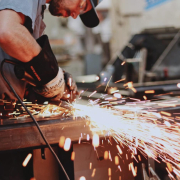
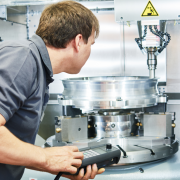
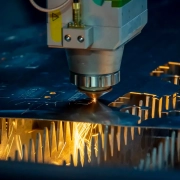
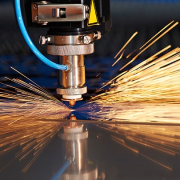
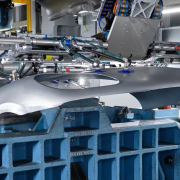
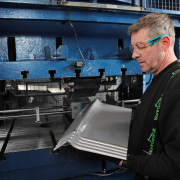
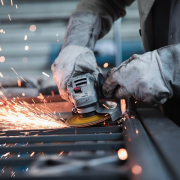
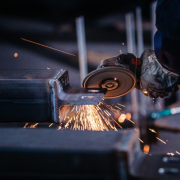



Leave a Reply
Want to join the discussion?Feel free to contribute!